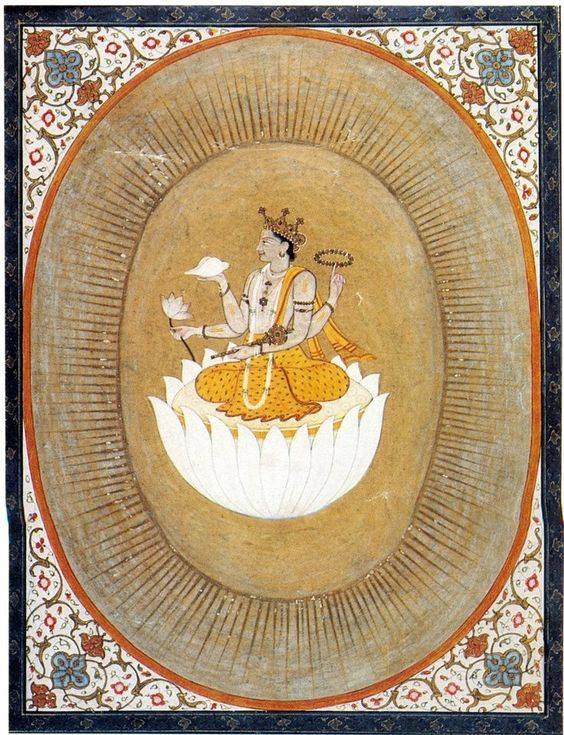KARHA SAHIB, a village 11 km west of Pehova (29"59`N, 76°35`E) in Kurukshetra district of Haryana, was visited by four of the Sikh Gurus. Guru Nanak came here during his travels to the eastern parts. Chaudhari Kalu of this village became a follower and is said to have constructed a bdoK his honour. The second of the Sikh Gurus to visit this village was Guru Hargobind. The local tradition places Guru Tegh Bahadur`s visit during his last journey to Delhi, but it is more likely that he passed through this village in the course of one of his earlier travels across the area. Guru Gobind Singh was here in 1702 when he visited the shrines established here in memory of the earlier Gurus. Bhai Udai Singh, the ruler ofKaithal (d. 1843), got three gurudwaras constructed in the same compound and made land grants for their maintenance. These simple structures were replaced by more elegant buildings during the early 1970`s by Sant Jivan Singh of Pehova. The three shrines are sometimes jointly called Triveni Sahib. Two identical shrines in the northern and southern parts of the walled compound are dedicated to Guru Nanak and Guru Tegh Bahadur, respectively. Gurdwara Patshahi Chhevin is in the centre to the east, thus forming the apex of the triangle. The entire compound has a marble floor. The Gurdwaras are affiliated to the Shiromani Gurdwara Parbandhak Committee, but arc for the present managed by the successors of Sant Baba Jivan Singh Scvavalc.
BHATRAS (the term bhatra appears to be a diminutive of the Sanskrit bhatta, a bard), an endogamous and tightly knit group among the Sikhs with peddling and fortunetelling as their principal occupations. More than one story is current about their origin. However, the Bhatras themselves trace it to Baba Changa Rai of Sangladip (Ceylon), who was admitted as a disciple by Guru Nanak during his journey to the South. His name figures in the old text Haqiqat Rah Mukam Raje Shivanabh Ki. Changa Rai, himself a devout Sikh with a substantial following, added the suffix "Bhatra" to his name.
Discover the myth of the Cosmic Egg, Brahma's creation story, and Guru Nanak Dev's unique perspective on transcendental creation and existence.
GUAL DAS, BHAI, son of Chhote Mall and grandson of Bhai Paira, belonged to the family of Chhibbar Brahmans, originally of the village of Kariala, Jehlum district, now in Pakistan, who served successive Gurus from Guru Arjan (1563-1606) onwards. According to Bhatt Vahi records, he accompanied Guru Tegh Bahadur (1621-75) on his journey to the eastern parts in 1665-70.
Explore the inspiring life of Sant Mela Singh, a revered Sikh saint who spread faith and harmony across Kashmir and Punjab.
Dive into Bhai Santokh Singh's monumental epic detailing the lives of Sikh Gurus and Banda Singh Bahadur, a cornerstone of Sikh history and literature.
Explore the Sikh Empire under Maharaja Ranjit Singh with Baron Hugel's 1835 travelogue, detailing culture, history, and the majestic landscapes of Punjab and Kashmir.
Discover the rich history of the Sikhs in 'Twankh Guru Khalsa,' chronicling their journey from origins to the British conquest. A must-read by Giani Gian Singh.



